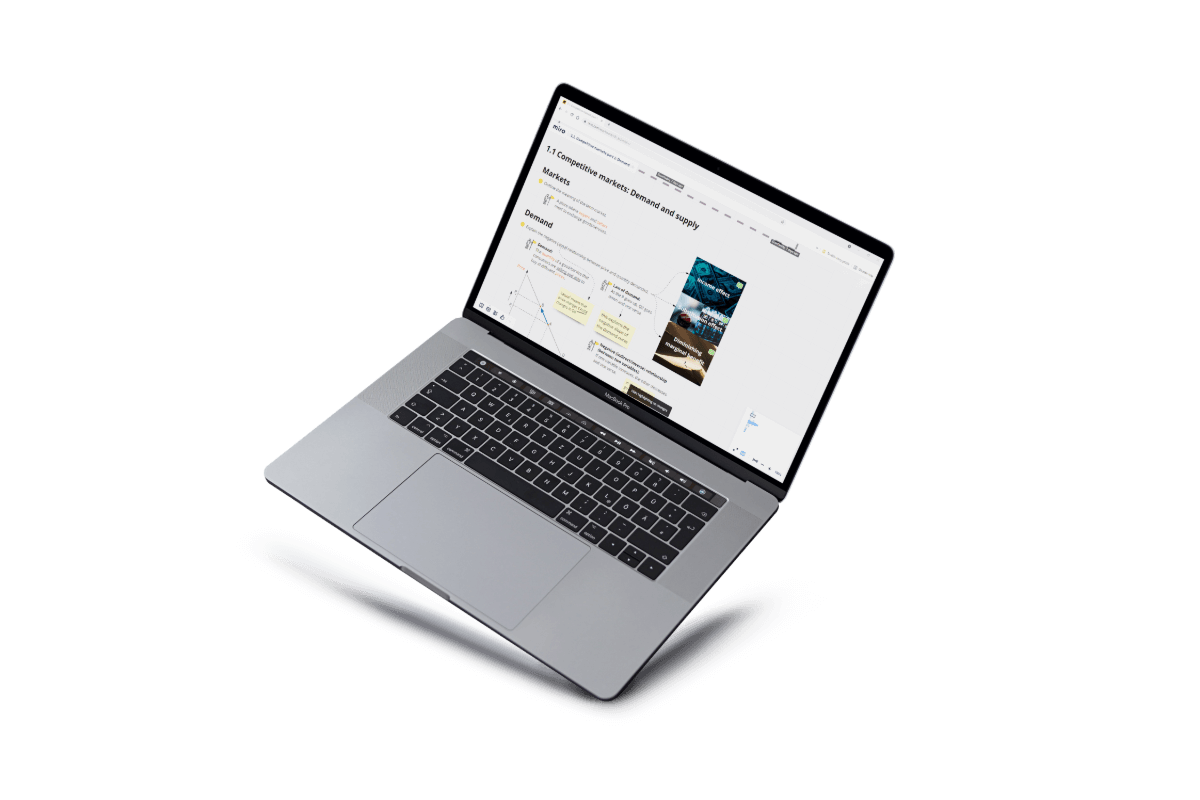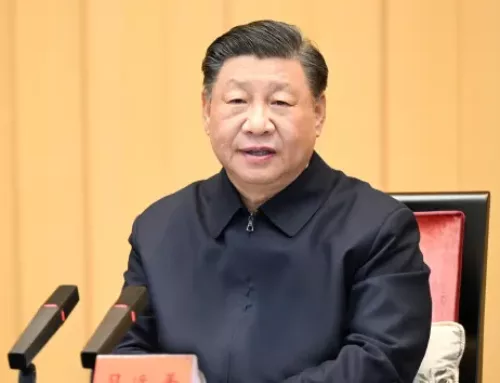 IB Economics Real-World Example: How the Federal Reserve Used Expansionary Monetary Policy During COVID-19
IB Economics Real-World Example: How the Federal Reserve Used Expansionary Monetary Policy During COVID-19
IB Economics Syllabus: Macroeconomics (Fiscal policy, monetary policy)
Short Version:
In response to the economic challenges presented by the COVID-19 crisis, the Federal Reserve implemented an expansionary monetary policy in March 2020, cutting the federal funds rate by 1.5 percentage points. This move, aimed at stimulating spending and boosting economic confidence, brought the rate to a range of 0% to 0.25%. This action was significant in supporting the US economy by making borrowing more affordable for households and businesses during a critical period.
Detailed Version:
Federal Reserve’s Expansionary Monetary Policy During COVID-19: A Detailed Look
The onset of the COVID-19 pandemic in late 2019 significantly impacted economies worldwide. As nations navigated through the health crisis, they were also confronted with substantial economic downturns. Central banks, including the Federal Reserve, took measures like implementing the expansionary monetary policy to mitigate these economic challenges.
What is the Expansionary Monetary Policy?
Expansionary monetary policy is a strategy used by central banks, such as the Federal Reserve, to stimulate a slowing economy. This policy involves adjusting interest rates and the money supply to encourage borrowing and spending by consumers and businesses, with the ultimate goal of promoting economic growth.
The Federal Reserve’s Proactive Stance in 2020
In light of the COVID-19 crisis, the Federal Reserve took decisive action. March 2020 saw the Fed cut its target for the federal funds rate by a substantial 1.5 percentage points, positioning the rate at a record low range of 0% to 0.25%.
This rate, which plays a crucial role in influencing the overall interest rate environment in the economy, was adjusted to make borrowing more accessible for businesses and households during the economic downturn.
The Implications of the Federal Reserve’s Decision
The Federal Reserve’s decision to cut the rate during the COVID-19 crisis was not merely a monetary decision; it was a commitment to supporting the US economy. The objectives were clear:
- Drive Spending: Lower borrowing costs, courtesy of the expansionary monetary policy, were intended to spur consumtion and investment spending, leading to heightened aggregate demand and potential economic resurgence.
- Elevate Confidence: Economic slumps can dampen both consumer and business confidence. Proactive measures by the Federal Reserve aimed to restore faith in the market and the economy’s resilience.
- Stabilize Financial Markets: Attractive interest rates can draw attention to financial assets, fostering demand in stock and bond markets, crucial during uncertain times.
In Conclusion
The COVID-19 crisis posed unique economic challenges. The Federal Reserve’s choice to employ an expansionary monetary policy by adjusting the federal funds rate was a testament to its role in anchoring the economy during tumultuous periods.
EconDaddy on TikTok!
If you would like to get useful exam tips, accurate definitions, solutions to exam questions, explanations, real-world examples, diagrams and more, stay tuned and hit that follow button!
Cheers!
@econdaddy Welcome to EconDaddy’s TikTok! I’m here to help you with all IB Economics related questions and to make you nail the exams! #econdaddy #ibeconomics #ibeconomicstutor #fyp ♬ Sunny Day - Ted Fresco





